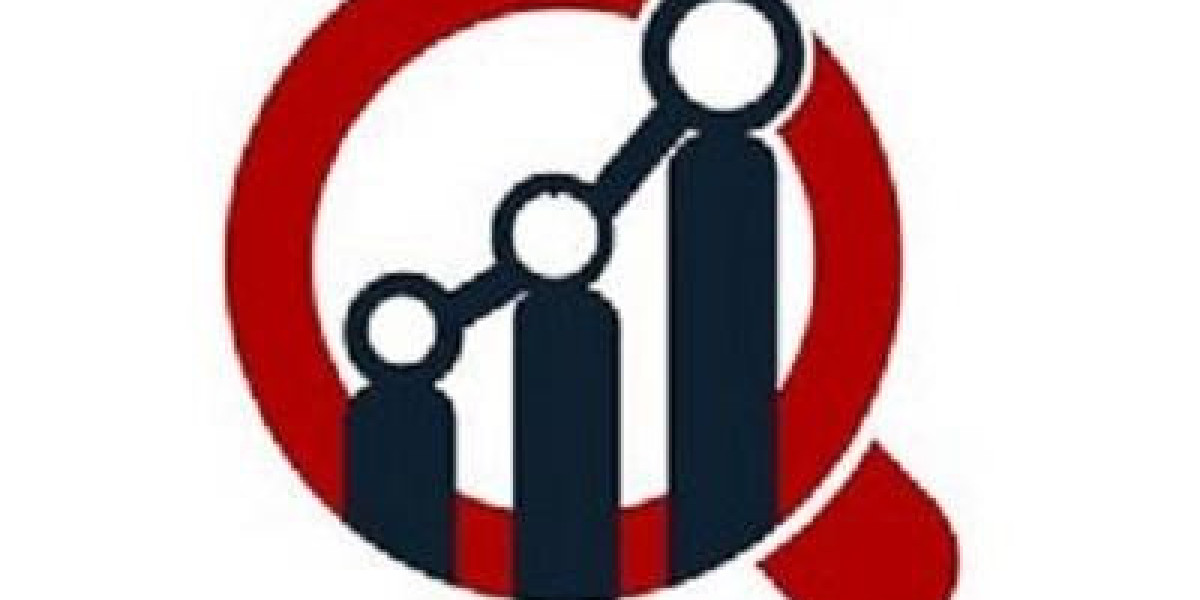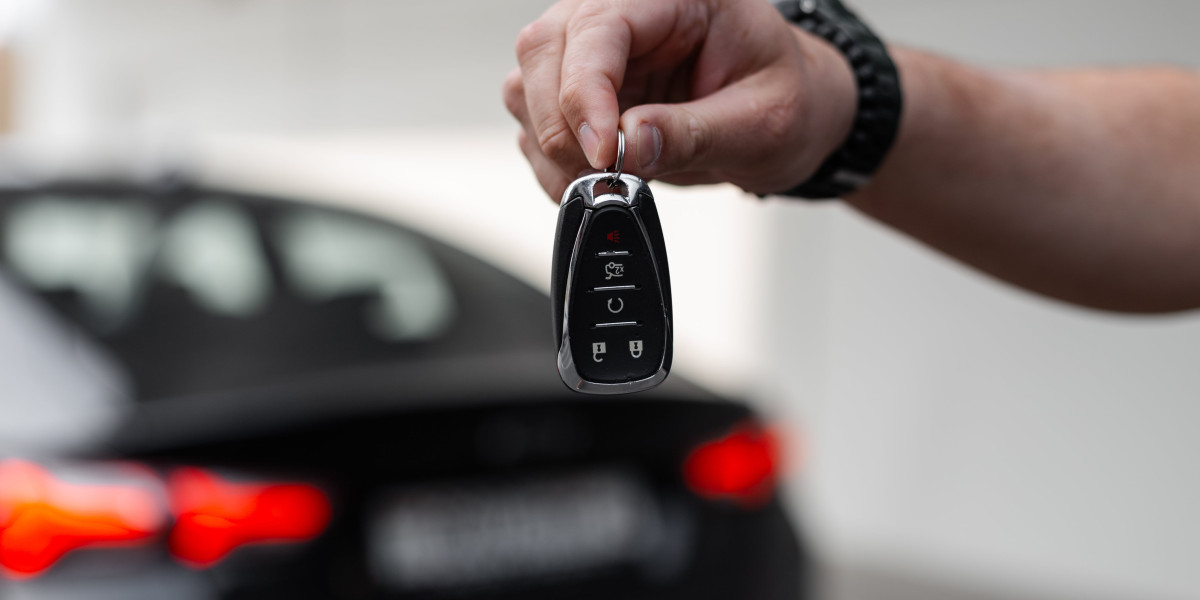In the critical milliseconds of a vehicle collision, an unseen hero springs into action: the airbag. But the effectiveness of this life-saving device hinges entirely on the specialized material that forms the cushion itself. As of late 2025, the global Automotive Airbag Fabric Market is a highly specialized, technology-driven sector dedicated to the development, manufacturing, and supply of the advanced textiles used in automotive safety restraint systems. This multi-billion-dollar market is critical to vehicle safety, constantly innovating to produce fabrics that are incredibly strong, lightweight, precisely permeable, and capable of deploying reliably under extreme conditions. Driven by increasing vehicle safety standards worldwide, the proliferation of airbags throughout the vehicle cabin, and advancements in material science, this market is essential for protecting occupants in the event of a crash. India, with its rapidly growing automotive market and increasing focus on safety regulations (like the implementation of requirements for six airbags in passenger cars), represents a key growth region for this vital industry.
What is Automotive Airbag Fabric?
Automotive airbag fabric is a high-performance textile engineered specifically for the demanding requirements of airbag deployment. It's not just any cloth; it must possess a unique combination of properties:
High Tensile Strength: Must withstand the explosive force of the airbag inflator without tearing or rupturing during deployment.
Controlled Permeability: Must inflate rapidly but also allow gas to escape in a controlled manner through the fabric weave itself or via vents after cushioning the occupant, preventing rebound injuries. Different airbags (driver, passenger, side, curtain) require different permeability characteristics.
Excellent Tear Resistance: Must resist tearing even if punctured by debris during a crash.
Heat Stability: Must withstand the high temperatures generated by the inflator's chemical reaction without melting or degrading.
Low Weight and Pack Volume: The fabric needs to be lightweight and compact enough to be folded tightly into small modules within the steering wheel, dashboard, seats, or roofline.
Durability and Longevity: Must maintain its integrity and performance characteristics for the entire lifespan of the vehicle (15+ years) under varying environmental conditions.
Materials Used: The market is overwhelmingly dominated by high-tenacity synthetic fibers:
Nylon 6.6 (Polyamide 6.6): The most widely used material due to its excellent balance of strength, durability, heat resistance, and energy absorption characteristics.
Polyester (PET): Used in some applications, particularly where lower cost or specific properties like higher dimensional stability are required, though Nylon 6.6 generally remains the preferred choice for primary airbags.
Fabric Construction: The fabric is typically woven using specialized high-speed looms (often rapier or air-jet looms) to create a very dense, precise weave structure that controls permeability and strength.
Coatings: Many airbag fabrics, especially for driver and passenger front airbags which require low permeability during initial inflation, are coated. Common coatings include:
Silicone: Provides excellent heat resistance and stable performance over time.
Neoprene (Polychloroprene): An older coating technology, less common now due to environmental concerns and silicone's superior performance. Uncoated fabrics are often used for side curtain airbags where higher permeability might be desired for slower deflation.
Market Dynamics: Safety Regulations Drive Demand The primary driver for the automotive airbag fabric market is the global push for enhanced vehicle safety. Mandates for front airbags are nearly universal, and regulations requiring side-impact airbags (side torso and curtain airbags) are becoming increasingly common worldwide, including India's recent move towards mandating six airbags. Each additional airbag added to a vehicle directly increases the demand for specialized fabric. Furthermore, the increasing complexity of airbag systems (e.g., larger curtain airbags for rollover protection, knee airbags, center airbags) requires more sophisticated and higher volumes of fabric per vehicle. The market serves both the Original Equipment (OE) sector (supplying fabric weavers and airbag module manufacturers) and, to a lesser extent, the specialized repair/replacement market.
The Automotive Airbag Fabric Market is thus a critical enabler of passive safety in vehicles, constantly innovating at the intersection of textile engineering and material science to provide the reliable, life-saving protection that drivers and passengers depend on.
Frequently Asked Questions (FAQ)
Q1: What is the main material used to make airbag fabric?A1: The most common material used globally is a high-tenacity synthetic yarn called Nylon 6.6 (also known as Polyamide 6.6). It offers an excellent combination of high strength, durability, heat resistance, and energy absorption needed for airbag deployment. Polyester is used in some applications as well.
Q2: Why is the fabric sometimes coated (e.g., with silicone)?A2: Coatings, particularly silicone, are applied primarily to reduce the fabric's permeability (how much air/gas can pass through it). Front airbags need to inflate extremely quickly and hold pressure initially to cushion the occupant effectively. The coating helps seal the fabric weave. Coatings also provide enhanced heat protection from the hot inflator gases.
Q3: Is airbag fabric the same for all types of airbags?A3: Not necessarily. While the base materials are often similar (Nylon 6.6), the specific weave, weight,
More Related Report
Automotive Service Market Size













